Products
Since its establishment, the company has always been committed to passive intelligent buildings, assembled green buildings, the main structure is steel-mixed structure, the use of structure, maintenance, energy-saving integration of light steel lattice lightweight concrete composite wall, independent research and development, production, assembly. Contracting domestic and foreign assembly green buildings, ultra-low energy green buildings, design and construction projects.
Dezhou Dingyao Environmental Protection Building Materials Co., Ltd.
Dezhou Dingyao Environmental Protection Building Materials Co., Ltd. was established in 2009 with a registered capital of 20 million yuan. The company's predecessor has been engaged in prefabricated green building design, construction, and material production since 2002. It is engaged in architectural design, construction, material production, and building energy-saving technology development. An enterprise integrating, development, production and sales, the company has strong technical force, with 5 senior engineers, 15 engineers, and more than 200 employees.
The company has advanced experimental equipment and perfect quality assurance system, 2008 the international quality system certification, products by the national building materials authority testing, the quality indicators have reached the national standards.
Our company has been engaged in the construction industry for more than 20 years. Since its establishment, the company has always been committed to passive intelligent buildings, prefabricated green buildings, steel-concrete structure as the main structure, and light steel lattice lightweight concrete composite walls with integrated structure, maintenance and energy saving. Independent research and development, production and assembly. Contracting domestic and foreign assembly green buildings, ultra-low energy green buildings, design and construction projects.
Company establishment time
Number of employees owned by the company
Cumulative number of customers served
Years of industry experience
Why choose us?
Since its establishment, the company has always been committed to passive intelligent buildings, assembled green buildings, the main structure is steel-mixed structure, the use of structure, maintenance, energy-saving integration of light steel lattice lightweight concrete composite wall, independent research and development, production, assembly. Contracting domestic and foreign assembly green buildings, ultra-low energy green buildings, design and construction projects.
Standardization
It is a prefabricated system technology that applies complete national standards and specifications. It can pass drawing review, construction acceptance, and enjoy preferential policies in any region of the world.
low cost
It is the only system product that can compete with conventional construction in terms of cost price. It is not limited by transportation distance and has the cost advantage of global construction.
Short construction period
The ideal construction period for real assembly is 50% of the normal period. After the drawings are completed, the project can be put into production immediately without the need for mold making. The construction period needs of the construction site can be met.
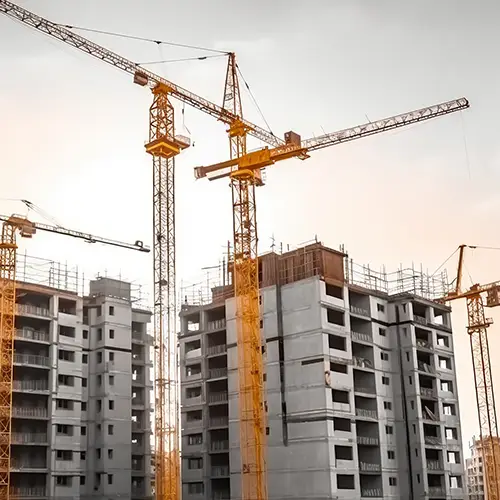
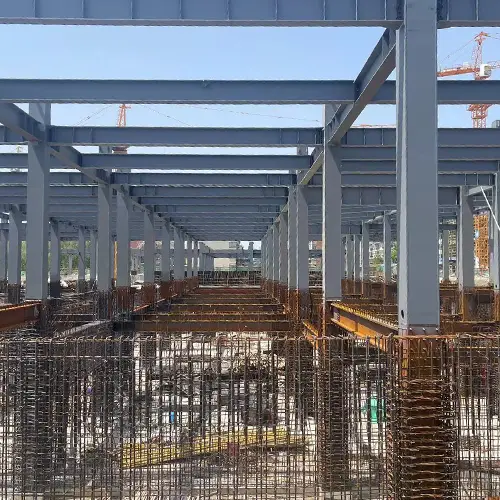
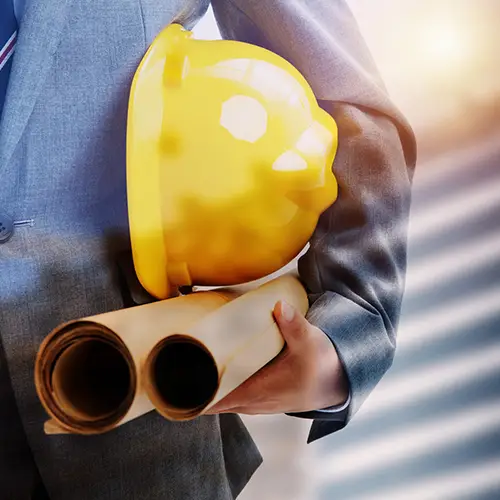



Steel and Concrete
Steel-concrete prefabricated houses do not have visible steel, no steel sound, the steel structure is not exposed, not corroded, and expansion bolts and screws can be driven into the wall at will without hollow sound.
Energy saving
The wall is light and strong, exceeding all national standards, and can increase the practical area by 5%, achieving overall energy saving from raw material production to living.
Wide range of applications
It can be used in construction fields all over the world and is not affected by building type, height, span, style, etc.
Qualification Honor
In response to China's current call for the construction of low-carbon, environmentally friendly, energy-saving and ecological buildings, the self-developed integrated assembled green building system technology and assembled intelligent ultra-low energy consumption building system technology are adopted. The technology applies complete domestic and foreign standards and specifications, has complete national certification, enjoys various preferential policies and subsidies, and can be applied in all construction fields, with unlimited span and height, so as to achieve turnkey projects from design and construction to user satisfaction
News dynamics
Small knowledge: interface agent and interface mortar?
(2) Smooth and other low-absorbent materials (cast-in-place concrete, etc.);
(3) Non-porous non-absorbent materials such as PVC, benzene board and other organic material plates, glazed tiles, etc.), so that the hydraulic cladding material can not be fully hydrated or mechanically embedded in the form of anchoring force, affecting the bonding force and integrity;
(4) Because the physical and mechanical properties of the substrate in the subsequent cladding material, such as deformation (shrinkage, expansion) and thermal expansion coefficient, elastic modulus, strength and other differences in internal stress, resulting in bonding failure. All of these situations require the use of interface treatment agents to enhance the bonding force between the two materials (to avoid hollowing, cracking, and shedding). In a physical sense, the interface treatment agent is essentially a two-way affinity building binder.
What are the main applications of interface mortar?
General buildings and building components are required to make mortar plaster layer, which plays a protective role on buildings and walls to resist the erosion of wind, rain, snow and other natural environments on buildings, and improve the durability of buildings, while achieving dense, smooth and beautiful decorative effects, all of which are based on the effective bonding of the plaster layer and the substrate. The dry powder interface treatment agent for construction is widely used in the plastering of walls, preventing hollowing, the bonding layer of post-pouring belts, and the renovation of old walls. It is particularly worth mentioning that, while ensuring effective bonding, the interface treatment agent often avoids watering the substrate, especially the lightweight block that produces dry shrinkage deformation due to watering, and also plays a role in preventing dry shrinkage cracking and stabilizing the substrate, which is the market with the largest amount of the material. In addition, in many dense materials that are not easy to be bonded by mortar, the interface treatment agent, as an indispensable auxiliary material, also has a certain market.
What are the advantages of interface mortar?
Interface mortar has the following advantages:(1) it can close the pores of the base material, reduce the absorption of the wall, achieve slow resistance, reduce the moisture in the lightweight masonry suction cladding mortar, and ensure the cladding mortar material to bond and gel under better conditions;(2) consolidation, improve the surface strength of the base material, and ensure the bonding force of the mortar;(3) undertake the bonding bridging effect between masonry and plaster, ensure that the upper wall mortar and masonry surface are more easily combined into a solid whole;(4) It has permanent bonding strength, does not age, does not hydrate and does not form a membrane structure that affects durable bonding;(5) The secondary watering process before plastering is exempted to avoid dry shrinkage of the wall. Interface treatment agent according to the material classification can be divided into organic (water-soluble epoxy resin, acrylic acid, E Ⅴ A emulsion, etc.), inorganic, organic and inorganic composite three categories; according to the finished form can be divided into solid, liquid, solid-liquid double button three. Dry mortar interface treatment agent mostly contains water retention agent, high molecular polymer (produce intermolecular physical binding force), belongs to the powder mixed with water available single group of products.
What is the interface agent]
Interface agent is a kind of adhesive, generally made of vinyl acetate-ethylene. With super adhesive force, excellent water resistance, aging resistance. Improving the adhesive strength of the plastering mortar to the base layer can effectively avoid the problems such as hollowing, shedding, shrinkage and cracking of the plastering layer. It is used to deal with the surface of concrete, aerated concrete, lime sand brick and fly ash brick, etc., to solve the problem that the interface is not easy to bond due to the strong water absorption or smoothness of these surfaces, resulting in hollow drum, cracking and peeling of the plaster layer. Can greatly enhance the adhesion between the old and new concrete and concrete and plastering mortar. It can replace the traditional chiseling process of concrete surface and improve the plastering process of aerated concrete surface. It is an indispensable supporting material for modern construction and decoration construction. Interface agents are usually used on concrete surfaces because the concrete surface is too smooth. Through the use of this product, can make the grass-roots surface becomes rough, can increase the cement mortar on the grass-roots adhesion, avoid plaster layer hollowing shell, so as to replace the artificial chisel treatment process. It can also be directly brushed with the back of the ground material, depending on the material.
2024-04-22
[construction] construction technology of external wall elastic coating
1. The cement on the new wall should be cured for at least one month, so that the alkalinity of the wall surface should be properly reduced and the wall surface should be dried thoroughly. The moisture content of the wall surface should be lower than 10%; If the ambient temperature is low, the waiting time of the wall surface will be extended accordingly.
2. Remove dust and other adhesion on the surface of the base layer. When the wall is flushed with zinc sulfate solution or dilute hydrochloric acid solution, the oil is cleaned with detergent, and finally washed with water.
3. Check the substrate for signs of hollowing
If the hollowing is not handled, the coating film will eventually fall off with the hollowing part of the substrate. Therefore, after the discovery of hollowing should stand......
2024-04-22
The quality supervision department has taken action. Public walls require water-resistant putty.
The purpose is clear: to prevent the building indoor public parts of the wall
2024-03-22
[Construction] In this way, the wall surface will not be hollowing and cracking.
Putty layer hollowing, foaming, mainly due to the presence of gas between the base and the putty layer. There is a dense layer between the base layer and the putty layer. If the interface agent does not add water for interface treatment, the air cannot normally diffuse to the base layer. Improper handling of the grass-roots level, so that the putty layer and the grass-roots contact is not close enough, the formation of interlayer.
Steps of scraping putty powder
1, putty powder generally after mixing evenly, let stand for 15 minutes, let the various ingredients fully wet and dissolved, and then use the electric mixer to stir again on the wall.
2, putty construction should be in the wall repeatedly batch scraping, grinding......
2024-03-22
Construction knowledge: an effective way to improve the adhesion of putty
Encountered the construction of the project, found that the external wall putty adhesion is poor, can through the following several ways to improve the putty adhesion:
2024-03-13


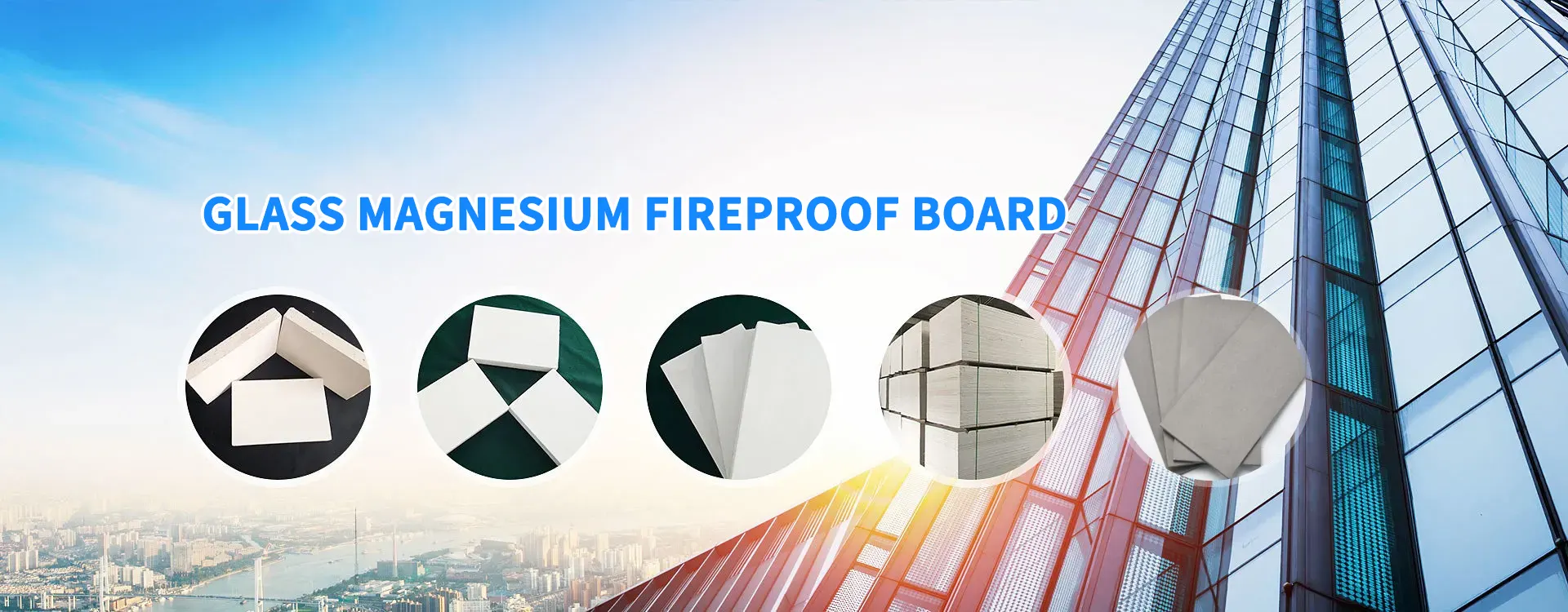
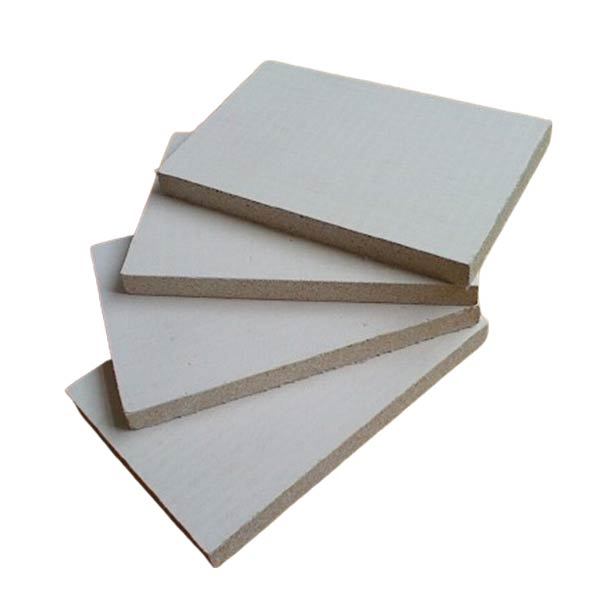
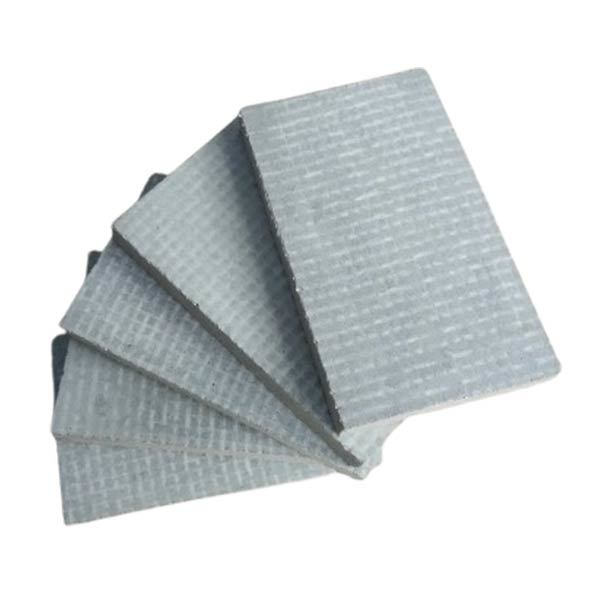
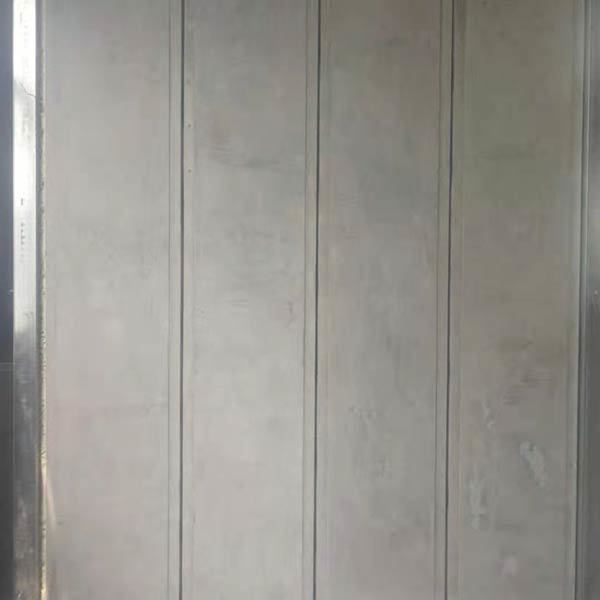
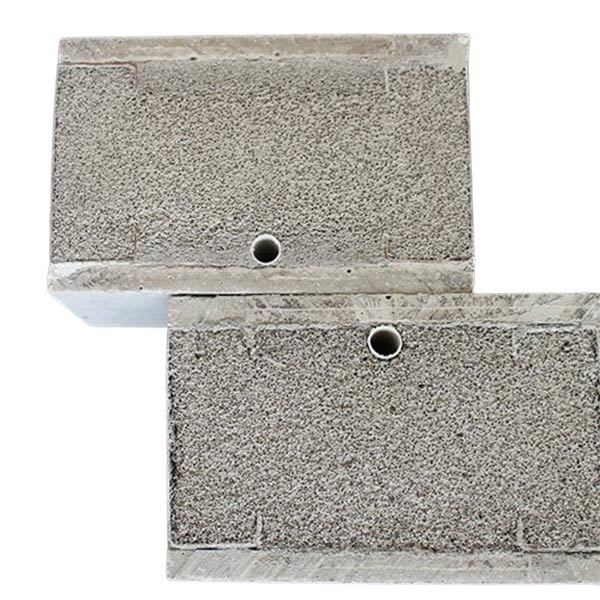
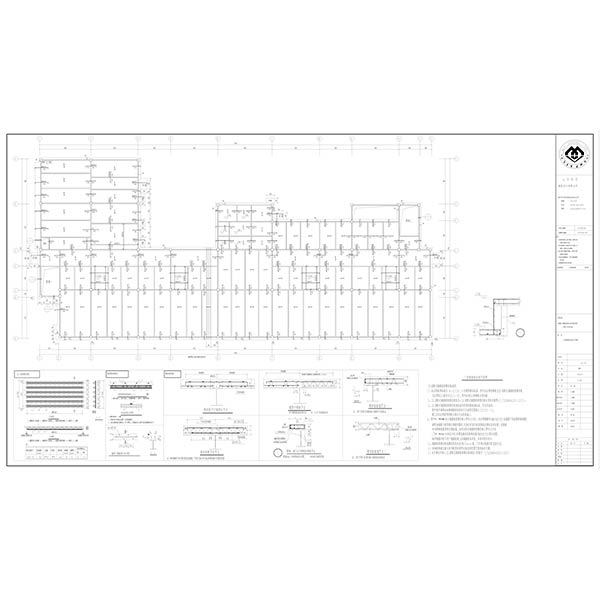
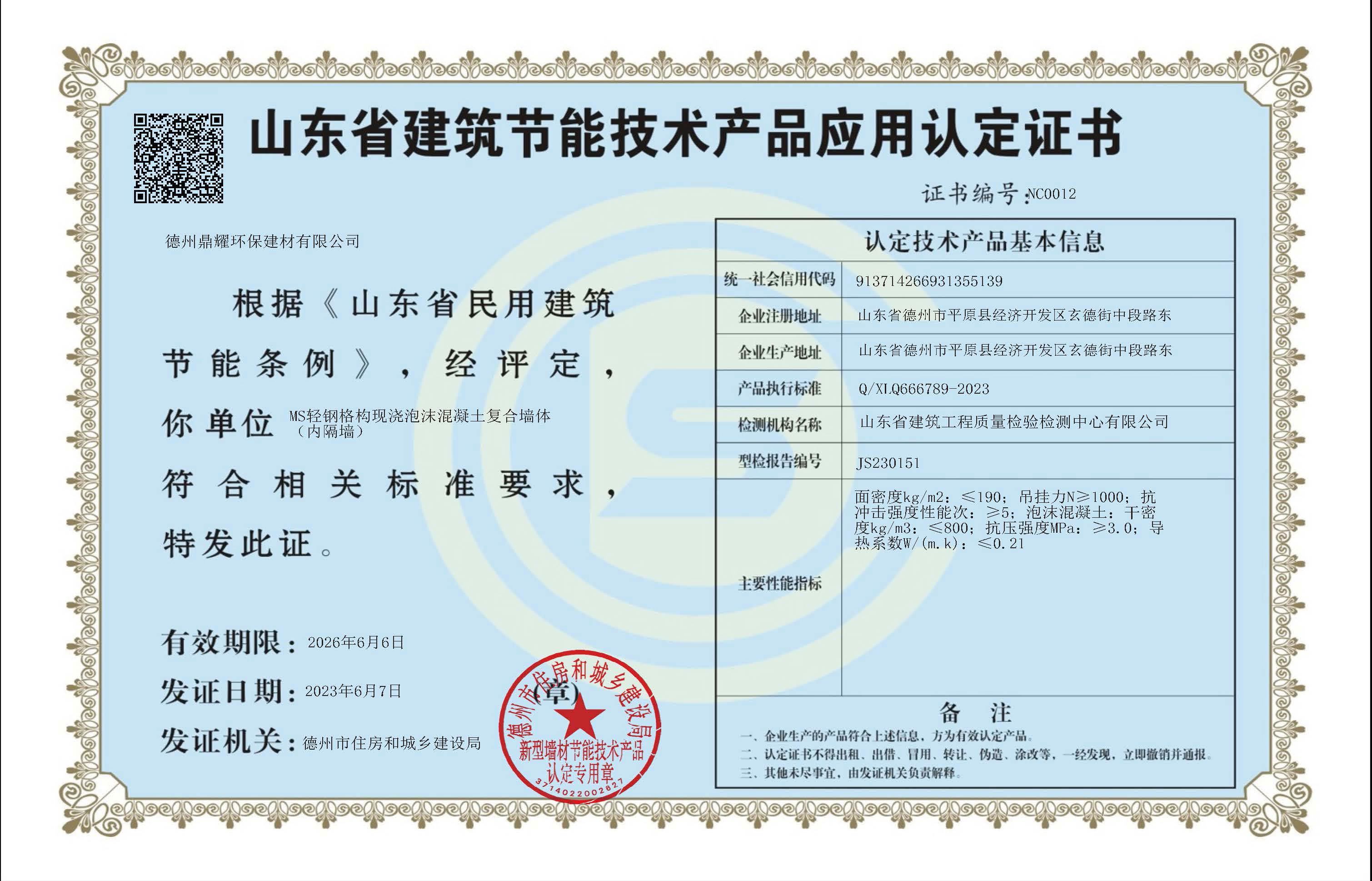
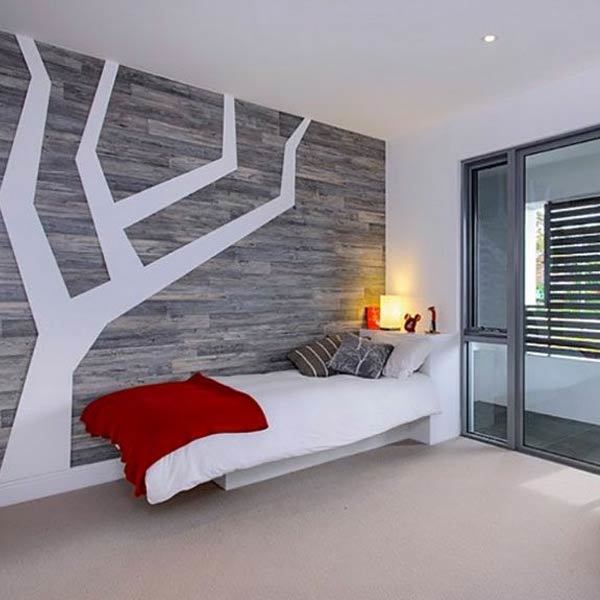
![[construction] construction technology of external wall elastic coating [construction] construction technology of external wall elastic coating](https://omo-oss-image.thefastimg.com/portal-saas/new2024041217371072545/cms/image/22c5cd5b-a3ea-45e0-8ec5-90e13da35aec.jpg)

